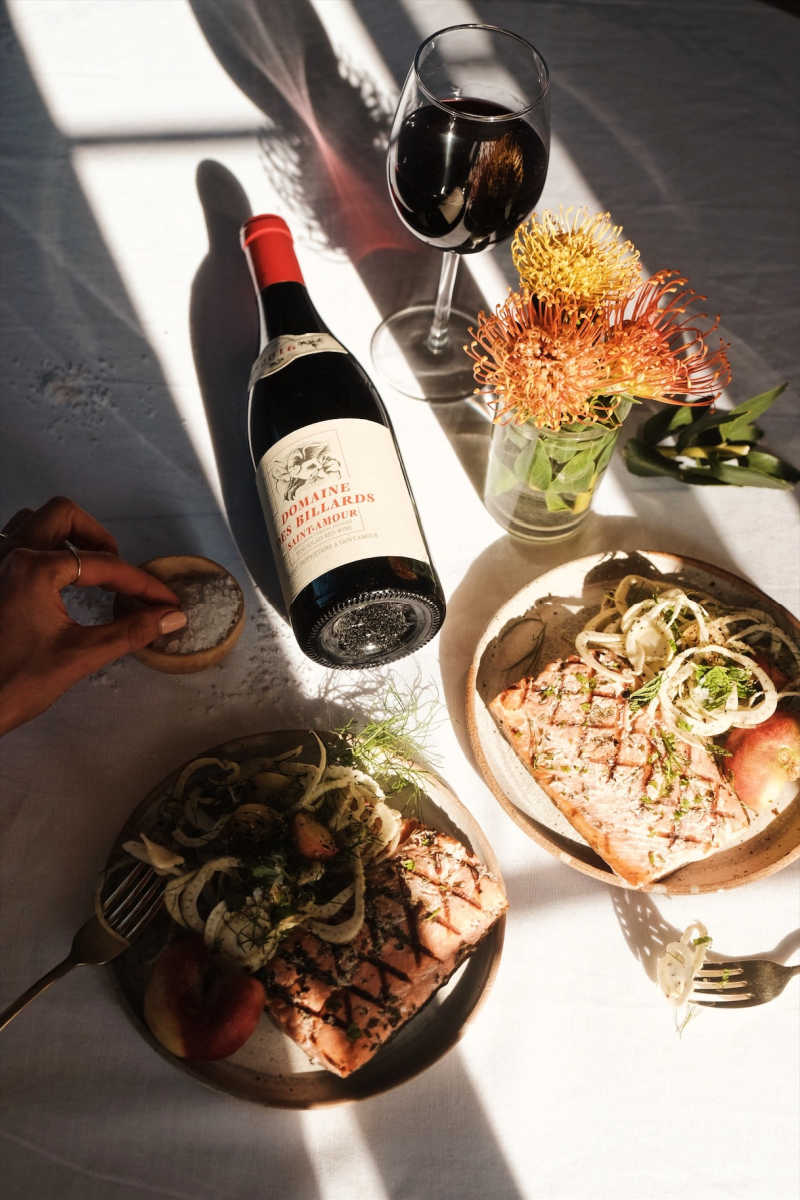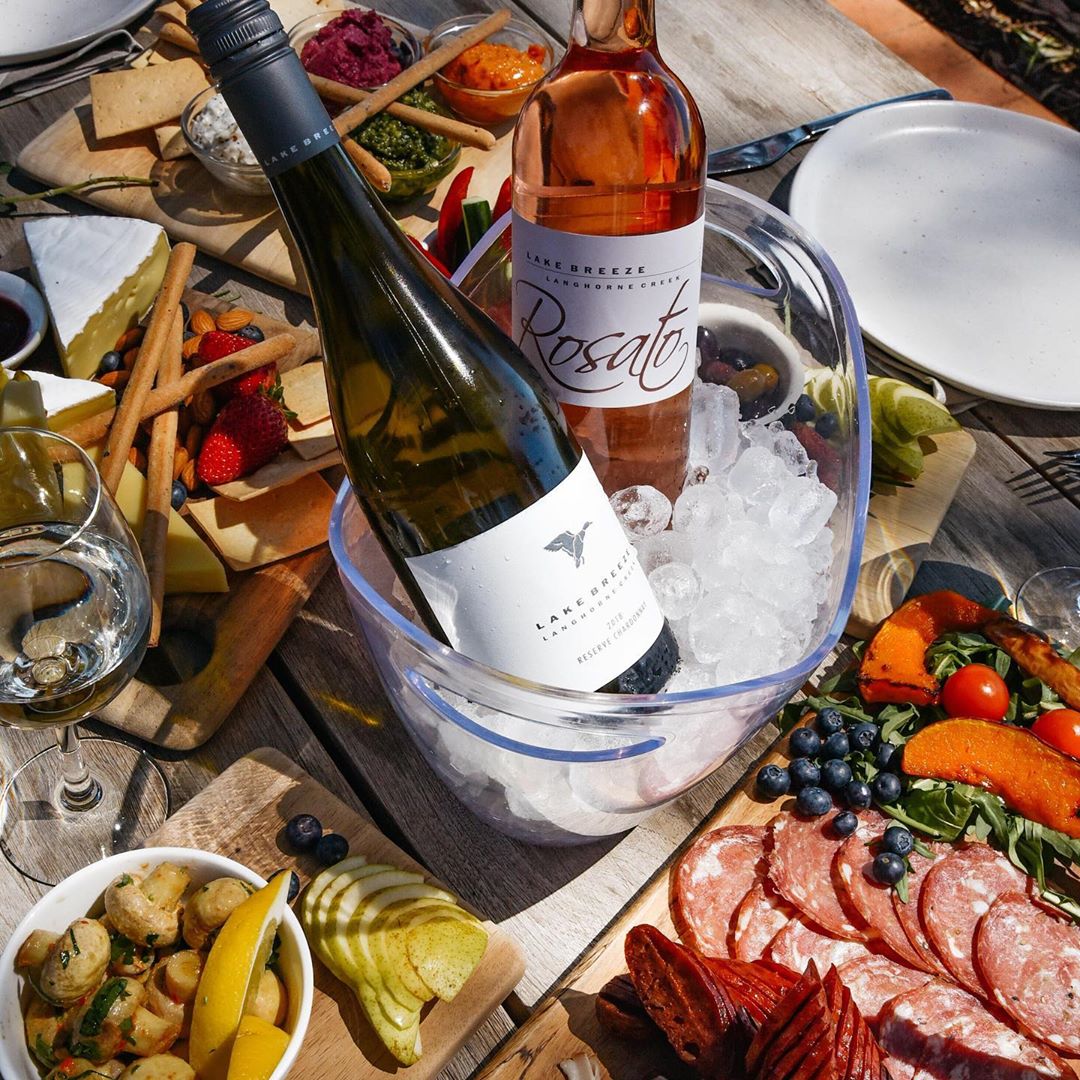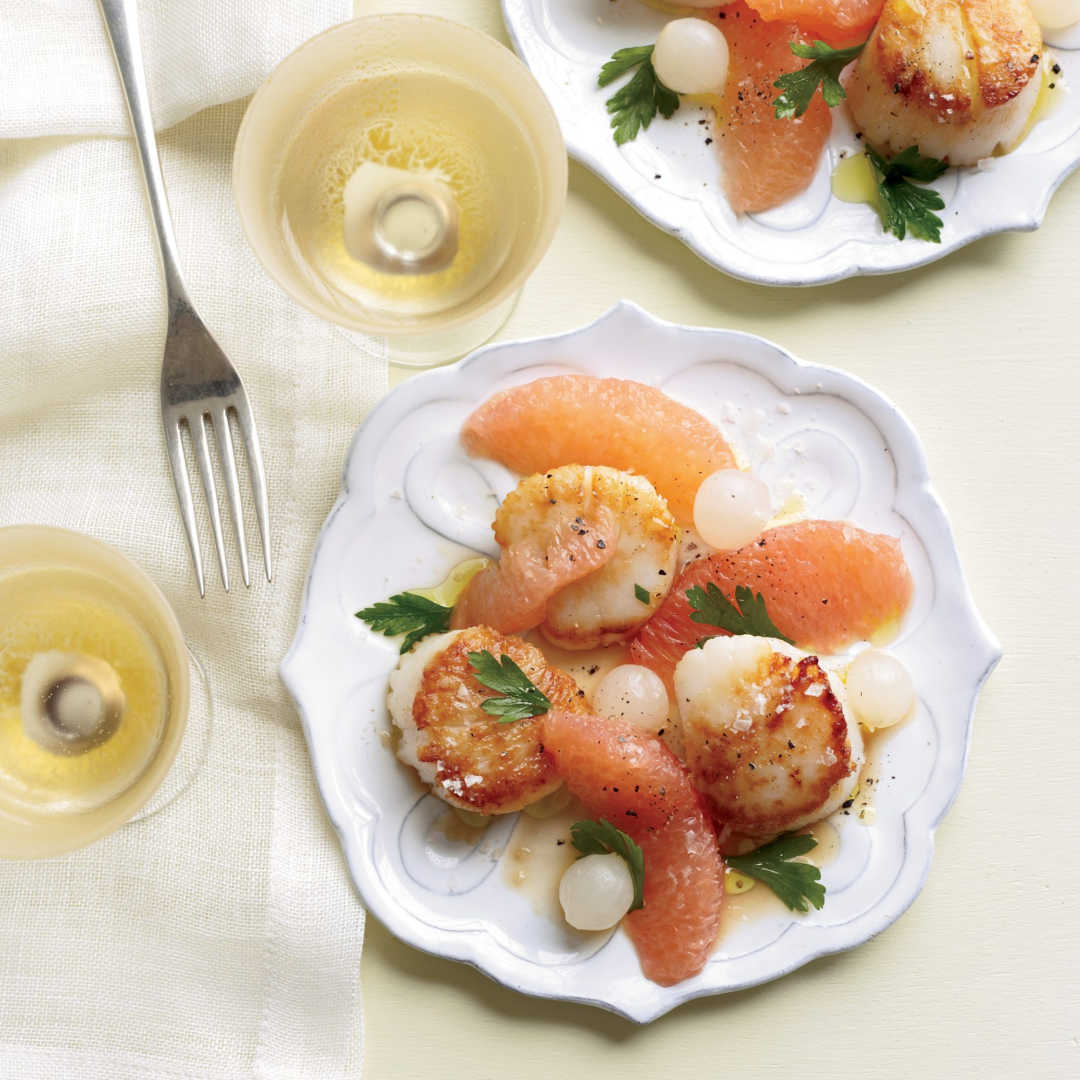Food and wine pairings are not just a pointless ritual; it is one of the best ways to bring out mouth-watering flavours. But what makes the ideal combination of wine and food? Let’s take a look..
When you sit down to dinner at the end of a busy day, the last thing you’re probably paying attention to is whether your main course ‘matches’ your drink choice. It sounds a bit… silly… doesn’t it? But at the same time, there’s a very good reason why so much effort is put into food and wine pairings by restaurants.
If you’ve ever taken a Yarra Valley wine tour, or any other wine tour for that matter, you’ll know that the local wines are often paired with a little nibble, perhaps gourmet cheeses or delectable chocolates, and they just work perfectly together.
What you might not know is that these items haven’t just been thrown together haphazardly; they’ve been carefully, strategically, and painstakingly mulled over to create the ideal combination. Pairing food and drink in this way certainly isn’t new. In fact, it’s believed that, historically, dishes were paired with wine because it was more hygienic to drink wine than the water supply!
Already convinced? Read on to learn everything you need to know about food & wine pairings

First of all, the most important thing to understand is that there’s no definitive right or wrong. Food and wine pairings are an art, not a science.
While the old saying ‘white wine with fish, red wine with meat’ is a good rule of thumb, it’s not the only option. In fact, there are two different types of pairings that you can make; one which matches complimentary flavours (congruent pairing), and one that’s a little more unusual (contrasting pairing).
Congruent Pairings
A congruent pairing is one where complimentary flavours are matched. The food and wine will share some sort of similar characteristic, whether that’s in body, flavour, ‘weight’ or anything else. For example, under the congruent pairing methodology, lobster in a light cream sauce would be best paired with an equally light and creamy Chardonnay that mirrors the characteristics of the lobster dish.
Contrasting Pairings
A contrasting pairing is one where opposite flavours are matched. The food and wine will both feature a contrasting element in either their taste or aroma. This type of pairing is often used to create balance when one dish is particularly salty or acidic, for example. Under the contrasting pairing methodology, that same lobster in the cream sauce may be paired with a crisp, lively, and almost tingling Champagne.
For those seeking a unique and adventurous flavour combination, consider ordering buffalo jerky if you see it offered at a restaurant. The bold and savory notes of the buffalo jerky can create an intriguing contrast when paired with certain wines such as Pinot Noirs or Malbecs, adding an exciting dimension to your tasting experience.
What to think about when creating your own food and wine pairings?
Flavour Intensity
If you’re going for a congruent pairing, try thinking of your wine not as a drink but as a sauce. This can help you to better see how the flavour of the wine would match with the food. For example, if you were cooking a rich steak, you’d probably choose an equally rich meaty gravy or ‘heavy’ sauce because the flavour of a lighter, creamier sauce would be overpowered. For a congruent pairing, match high flavour intensity with high flavour intensity for best effect.
Balance
Two aspects to think about in terms of balance are saltiness and acidity, and saltiness and sweetness. For a contrasting pairing, match a high acidity wine with a salty dish, such as a salty Parmigiano-Reggiano cheese with a high acidity Riesling. A contrasting pairing also works best for sweet desserts, as the sweetness can make sweet wines feel a bit lifeless. That’s why you’ll often find fortified wines and dessert wines like Port paired with savoury, salty Stiltons.
Locality
If you look at some of the classic food and wine pairings, you’ll notice that in many cases the paired items come from the same region. For example, European lamb and French Bordeaux. That’s because, historically, food and wine pairings were naturally based on availability. This is something that you can still keep in mind today. Some experts even say that pairing local specialities can help to expand the narrative of the food by telling its own story.

Best food and wine pairings
If you’re not quite sure where to get started, here are a few fantastic examples. Australian wines pair excellently with many different foods, so why not try a South Australian Shiraz with beef, hearty stews, kangaroo, or venison. Or a Yarra Valley Pinot Noir with meaty fish like lobster or tangy blue cheeses.
And the good news is that you don’t need to live in the best wine destinations in Australia to try your hand at creating delicious pairings. Some more international examples include a French Bordeaux with pork or duck, or an Italian Pinot Grigio with grilled vegetables, fresh fish, or light, creamy sauces.
The Rise of Mindful Dining
Have you ever noticed that you end up wolfing your food and drink down without really taking the time to appreciate the flavours and aromas of what’s in front of you? You’re not alone. It’s an unfortunate trend that’s grown from years of hectic workloads and busy lives. It’s time to make cooking and eating a mindful exercise, and really start taking the time to enjoy and appreciate what’s on your plate.
Wine and food pairings are a great way to add more mindfulness to your eating and drinking rituals. It forces you to pause, take in the body and nose of the wine – or the ingredients in your dish – and think about how to enhance the flavour and aroma with complimentary foods that bring out the very best.
Sara Nicholls is the co-founder and director of Wine Compass. She has a passion for making people’s days special and a knack for creating the perfect day for her guests with an intimate knowledge of Australia’s wine regions and the many boutique experiences waiting for you at unique Australian wineries.
MORE – The Best Wine Destinations and Wine Tours in Australia
MORE – 5 Ways To Make Cooking & Eating A Mindful Exercise


No Comments